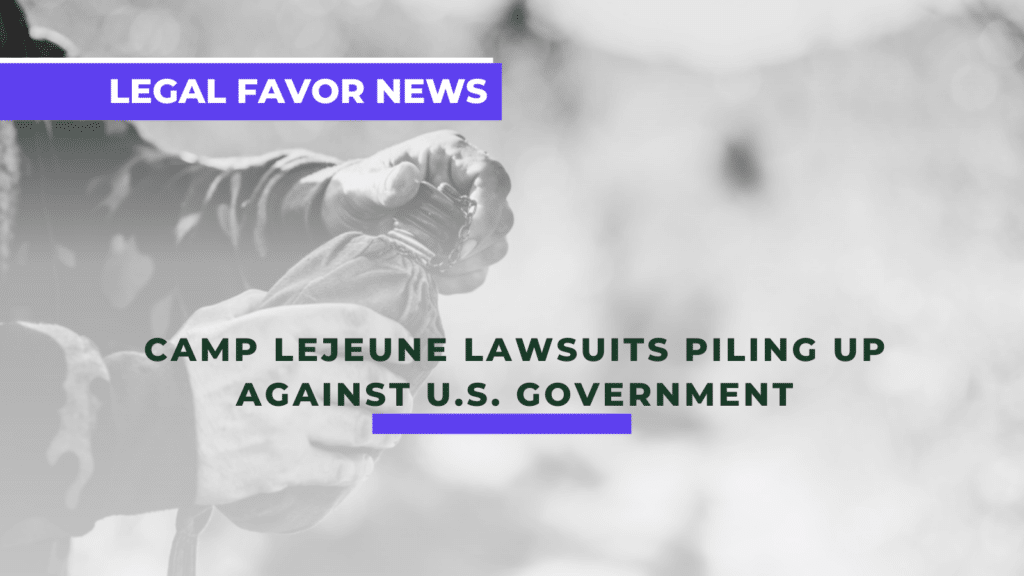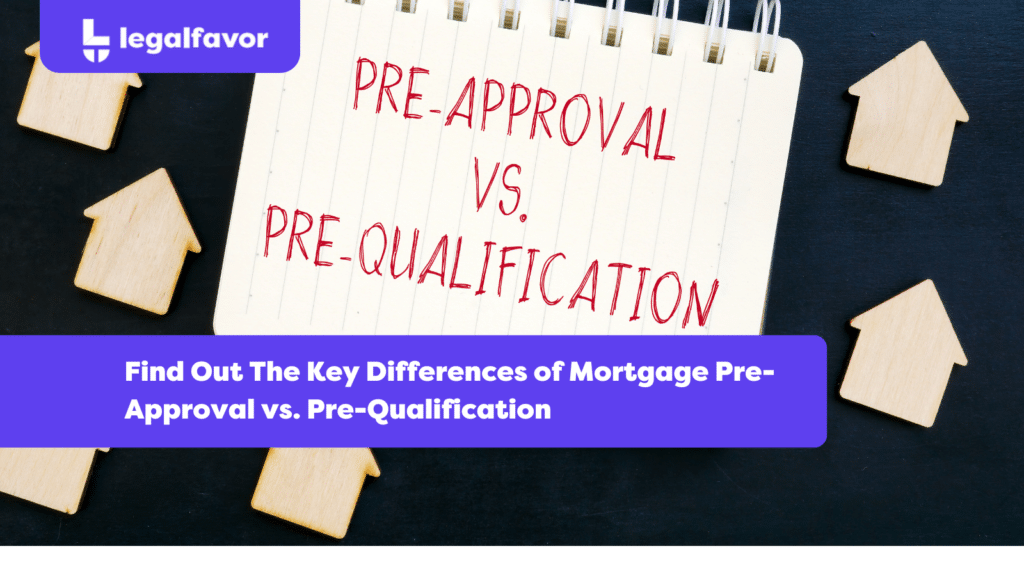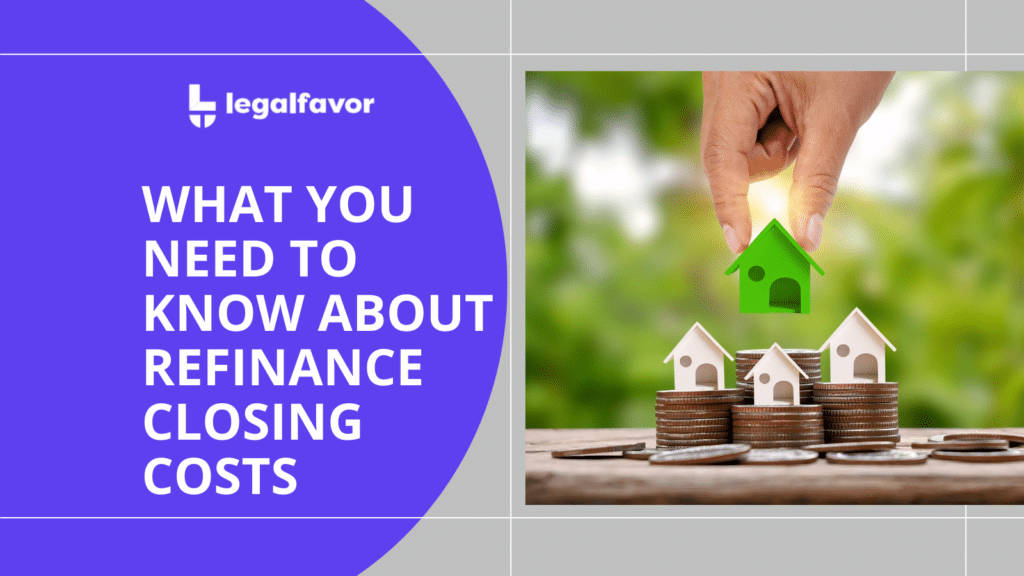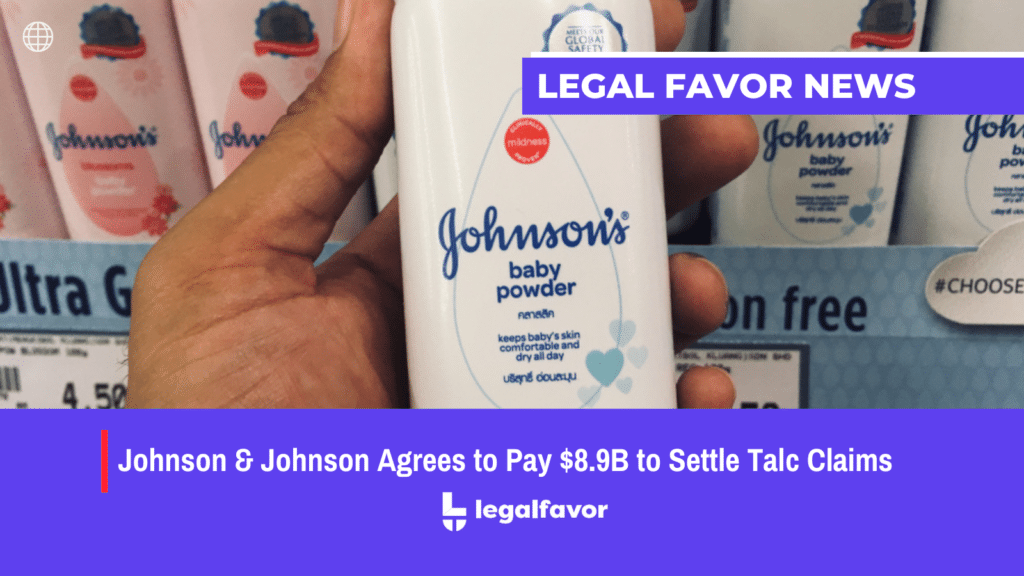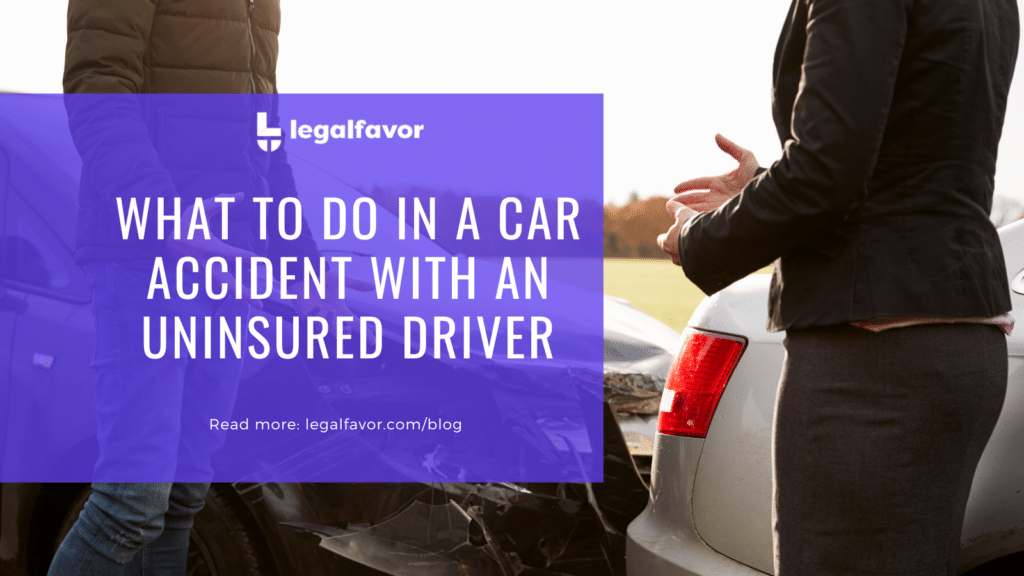Slip and fall accidents happen so rampant and could occur anywhere. However, getting injured in a location by slipping or tripping is insufficient to file a claim for injuries or damages incurred. Instead, a claimant must be able to show all four elements listed below to successfully file a slip and fall claim against a property owner. The four general elements to establish a slip and fall claim are as follows.
Property Owner Owed Duty to the Claimant
Since slip and fall cases are classified under personal injury law, their core claim is negligence on the defendant’s part. To show negligence, the claimant must first show that the defendant owns or controls the property where the dangerous condition exists.
Generally, property owners must keep their premises safe and free of hazards that could cause injury to invitees or licensees. It is important to note that this duty is reserved for invitees or licensees on the property and not for trespassers. However, suppose the premise is known to attract trespassers or could reasonably attract trespassers. In that case, the property owner must warn trespassers of any danger to the property.
There are three types of visitors to a property:
Invitees
Under the law, invitees are those who were explicitly invited onto the property for the owner’s benefit and comfort. This usually includes but is not limited to customers of a business, tenants of a property, or maintenance workers in a location. Property owners owe invitees the highest duty of care, and property owners are expected to fix and warn invitees of any hazards on the property.
Licensees
While the law defines licensees as those that the owner has invited to the property without any direct benefit to the property owner. An example of a licensee is social guests to a property. The property owner is obligated to let the licensee know of any hazard on the property but is generally not required to fix the said danger.
Trespassers
On the other hand, trespassers are defined by the law as those that illegally entered the property without the owner’s permission. Generally, property owners do not have an obligation to warn or fix any danger on their property for trespassers. As mentioned above, if the property is known to attract trespassers, then the property owner may be liable for the trespasser’s safety on their property.
Damages or Harm
The second element to filing a successful slip and fall lawsuit would be for the plaintiff to show that they have suffered damages or harm directly from the dangerous condition on the property owner’s premises.
Understandably, some claims would not be filed until a later date since some injuries do not manifest until a later date. Nonetheless, to claim compensation, the plaintiff must show that the damage they have incurred can be linked to the specific accident.
Notice
In addition to the defendant having ownership and control over the property, the claimant must also show that the property owner knew or should have known that the hazardous condition exists on their property. The standard for this element is whether a reasonable property owner would or should have known of such dangerous conditions on their property.
Typically, a property owner would have known or should have known of such hazardous conditions of their property through inspection or maintenance. Thus, a property owner would be held negligent if he knew or should have known of the danger in their property but did not remedy or fix such an issue.
Dangerous Condition
In relation to the element above, the complainant must also show that the owner knew or should have known that licensees and invitees to the property would have been hurt on their property, given its condition.
Another aspect of this element is whether the property was used in a manner it is meant to be used without alteration. An example is whether a garden is used as a playing field. By altering the use of the property from a garden to a playing field, dangerous conditions may exist in the alternated use of the property. In this case, a property owner may be held liable for the dangerous conditions arising from the alterations of the use of the premise from its originally intended use.
These are general elements of a slip and fall accident case. However, each state may have its own limitation or application of these elements. Claimants must refer to a personal injury lawyer licensed in their state to help them assess whether a valid slip and fall accident claim can be filed against a property owner.
